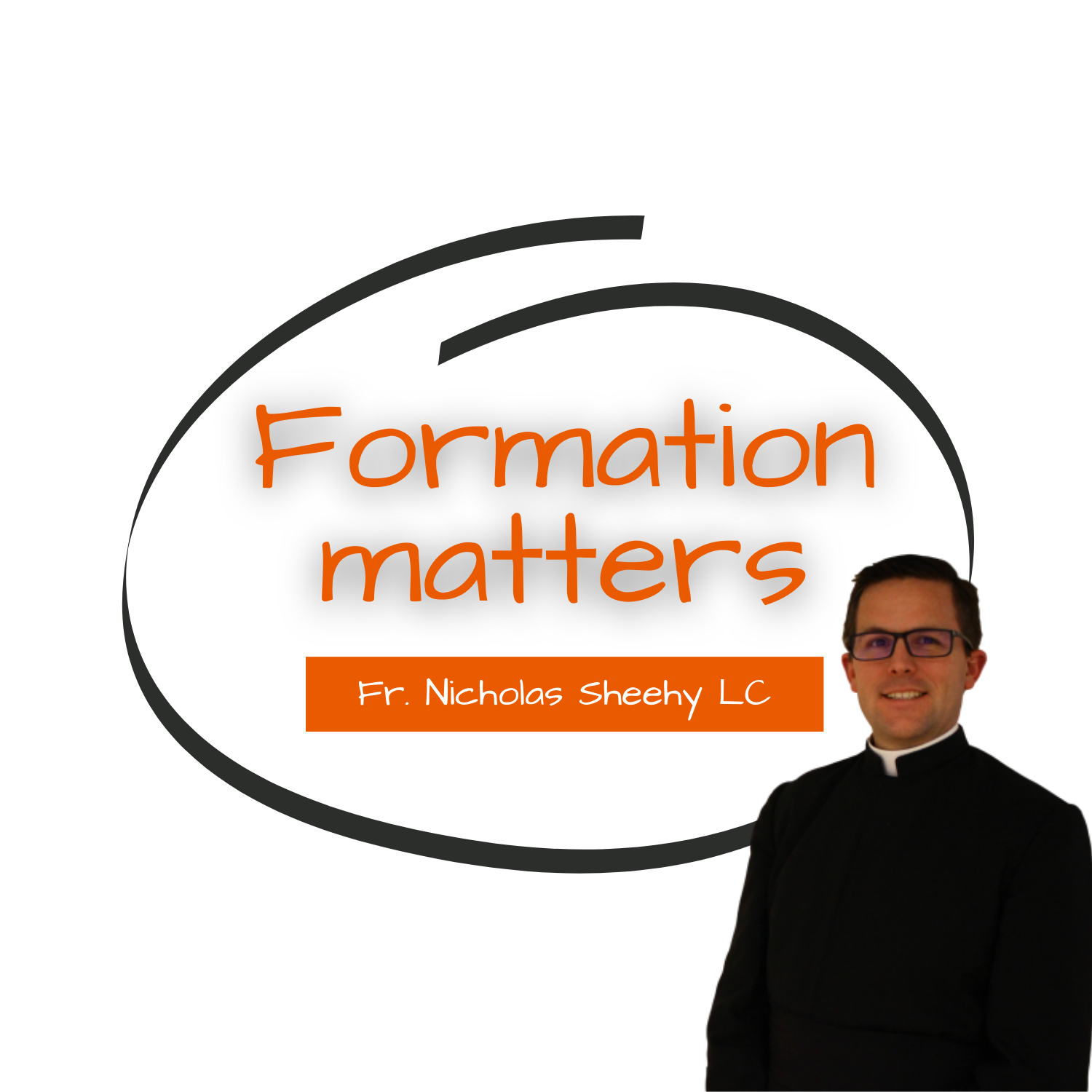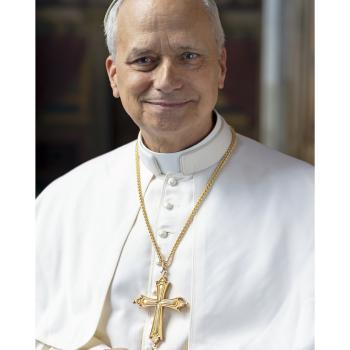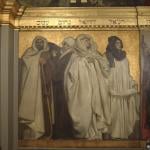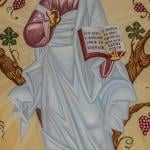One of the great challenges when we begin to read the Bible is discovering what we would first understand as errors. Reading comprehension of complicated and ancient documents is usually challenging enough; interpreting what is already a somewhat opaque religious text adds another layer of difficulty.
Reading the Bible can be a powerful experience, truly incomparable to reading other literary texts. There is a dialogue happening between various actors; we have the human author, the divine author, and the reader. We can’t forget that the Holy Spirit is present and active every time that we open the Bible with a spirit of faith, although a historical person wrote the text and we are reading it thousands of years later.
Human Authors
The Bible is not so much a book as it is a library. In the Catholic Bible, we have 73 books composed by human authors over the course of many centuries. We have the main authors of each book, but even the subsequent generations with their reading and commentary have contributed to the creation of these great literary works of the past. This complicates our relationship with the text. Biblical scholars can sometimes dedicate their entire lives to draw out the full meaning of a single passage. We should not be too quick to judge that we understand everything at a first glance.
We don’t believe that the Sacred Text merely appeared one day–real human beings had to write it down, and this process took centuries. During the first century, the Church made no effort to categorize everything definitively. They simply used texts they considered sacred in the liturgy. This is actually one of the criteria for determining which books form part of the Canon of Scriptures determined in the fourth century.
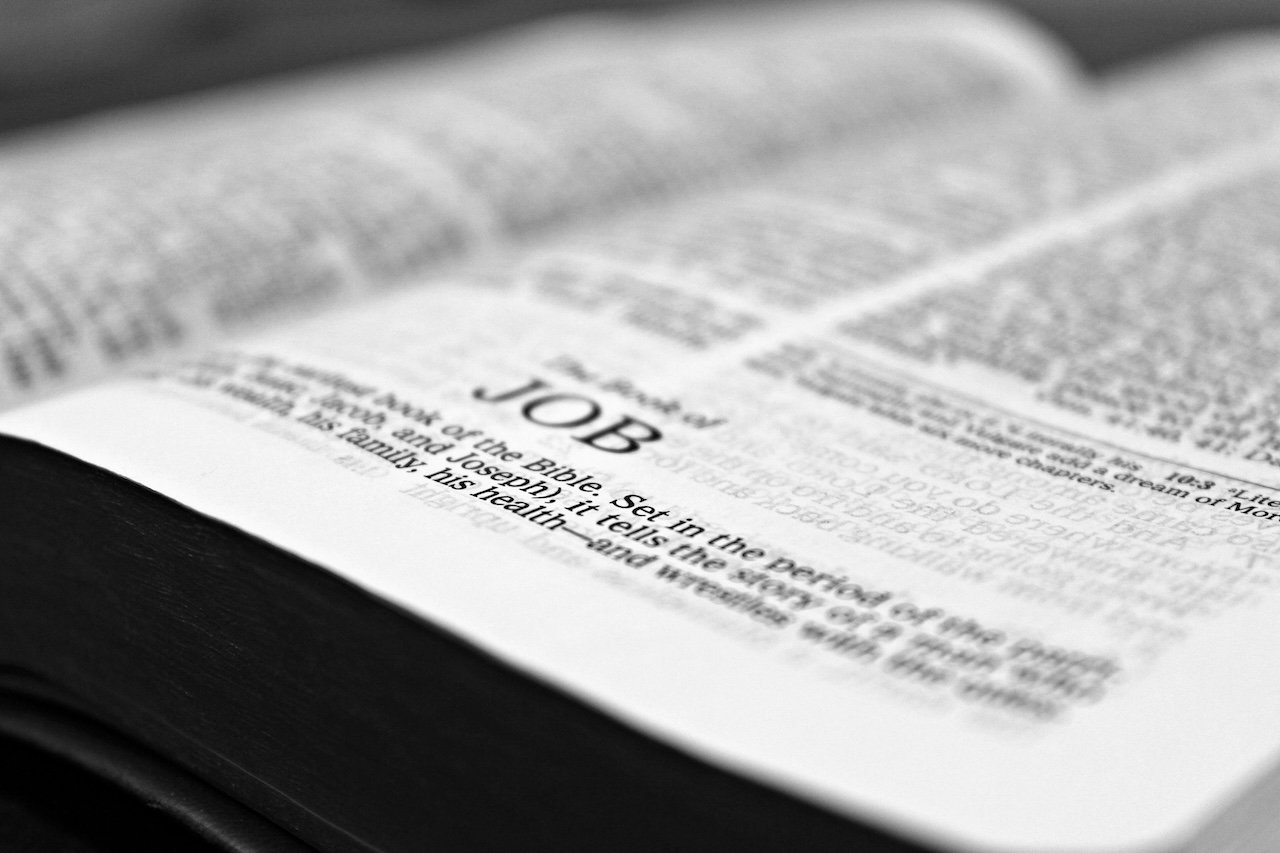
True Authors
It is important to remember that the human authors are true authors. We believe that they acted under divine inspiration, but this does not mean that they were robots simply transcribing word for word what the Holy Spirit whispered in their ear. Rather, God used them as instruments, allowing them to write down what he was inspiring in them according to their own knowledge, grammar, and language.
In composing the sacred books, God chose men and while employed by Him they made use of their powers and abilities, so that with Him acting in them and through them, they, as true authors, consigned to writing everything and only those things which He wanted (Vatican II, Dei Verbum, 11).
The work of the human authors was therefore quite real and essential in the creation of the Sacred Writings.
Not Just Any Ordinary Authors
Perhaps the most important concept to grasp when looking at Sacred Scripture is this aforementioned concept of “inspiration.” Biblical authors, historical men who actually existed in a specific place and time, worked under the inspiration of the Holy Spirit.
A key concept for understanding the sacred text as the word of God in human words is certainly that of inspiration. Here too we can suggest an analogy: as the word of God became flesh by the power of the Holy Spirit in the womb of the Virgin Mary, so sacred Scripture is born from the womb of the Church by the power of the same Spirit. Sacred Scripture is “the word of God set down in writing under the inspiration of the Holy Spirit.” In this way one recognizes the full importance of the human author who wrote the inspired texts and, at the same time, God himself as the true author (Pope Benedict XVI, Verbum Domini, 19).
They contributed what they could to the text. Many of the books are historical, which means the text attempts to tell the story of salvation as it really happened. In the meantime, our understanding of history has changed quite a bit. The authors’ conceptions of history would have intended to speak especially to theological truths as communicated through historical events. But not everything in the Bible is historical in the same way that we expect from a modern history book.
Truth, Reality, and Story
Just because the Bible states something, does not mean that it is being presented as a historical fact – though sometimes it does, which can get a little confusing. The book of Jonah mentions the city of Nineveh. The modern ruins of Nineveh in modern Mosul, Iraq, do not match this description. (If you’re interested in the topic of what is factual in the Bible, look for a future article I will be discussing literary genres and how we know which texts are considered historical fact). The story of Jonah and Nineveh teaches religious truths but does not mean to be a recounting of history.
Recognizing the role of human authors of sacred texts helps us to read the Bible in a more effective way. While we want to be most attentive to the voice of the Holy Spirit when we open our Bibles, it can be helpful to be aware of the impact of the text’s human authors as well – their personal and historical contexts contributed in a very real way. So, why are there errors in the Bible? It is because God chose to use imperfect instruments, and their fingerprints are all over the finished product. It echoes the incarnational nature of our faith, in which the Son of God becomes man so that we can become like God.
Subscribe to the newsletter to never miss an article.


